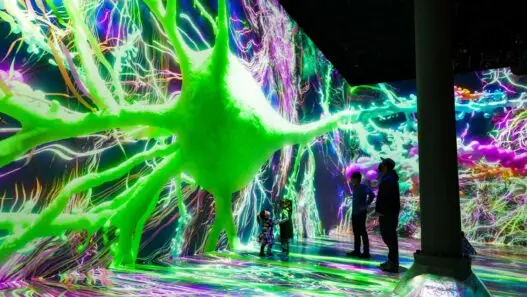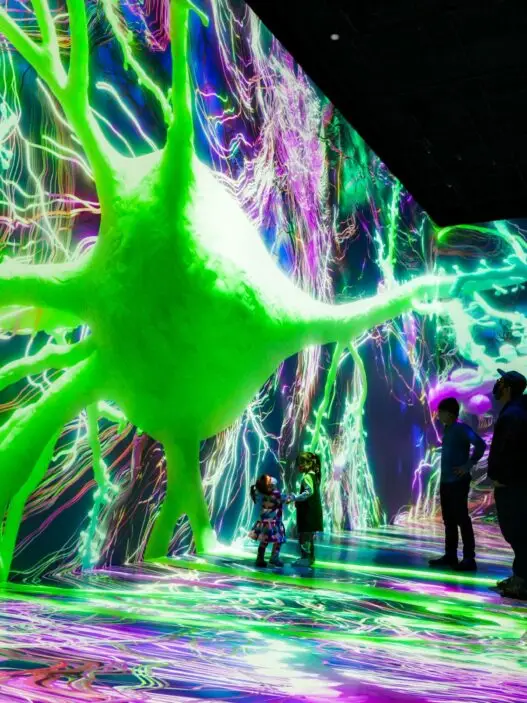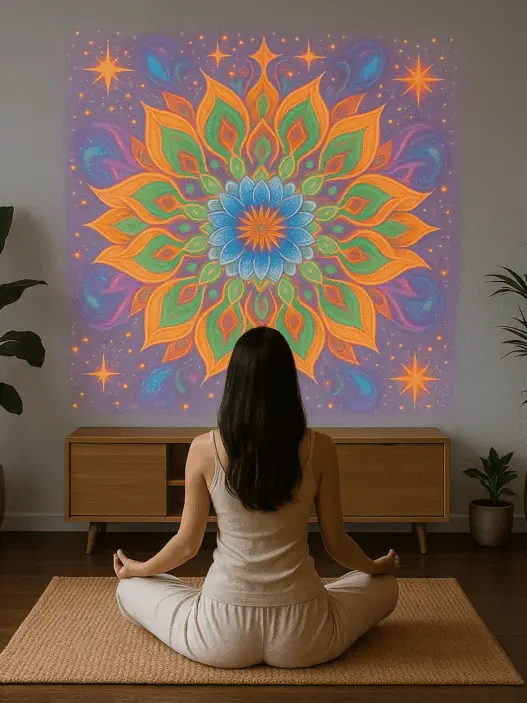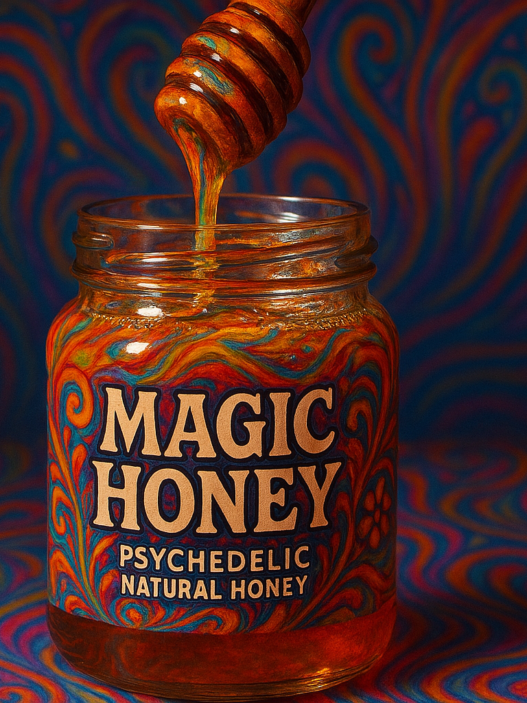What happens during a psychedelic experience? Whether it’s psilocybin mushrooms or LSD, the inner voyage unfolds in stages—each with its own emotional tone, neurochemical shift, and opportunity for transformation. This guide is for those who ask: What are the effects of psychedelics? It offers a structured understanding of the journey and how to prepare, navigate, and integrate it.
1. Feel Energy and Activation of the Zygomaticus: The Smile Awakens
What You’ll Feel:
At the beginning of the trip (around 20–60 minutes in), you may feel a wave of energy rising through the body. Your face naturally smiles, especially through the zygomaticus muscle—the one responsible for joyful expressions. It feels like a happy coffee: you’re more alert, present, and energized.
Science:
The zygomaticus major muscle, when activated, sends positive feedback to the brain, reinforcing states of joy and safety. Studies show that smiling—even artificially—stimulates dopamine, serotonin, and endorphins, creating an upward spiral in mood. Psychedelics enhance this by increasing activity in the prefrontal cortex and limbic system, where emotional processing happens.
Advice:
Practice Buddha smiling meditation—a soft inner smile that radiates through the face. This sets a tone of safety and openness as your mind begins to shift.
2. Expand and Reconnect With Your Senses: Hyper-HD Reality
What You’ll Feel:
As the experience deepens, your sensory perception expands. Colors become vivid, textures richer, and sounds more resonant. It’s like seeing the world in super high-definition—as if your brain has turned up the contrast and sharpened every detail.
Science:
Psychedelics increase global brain connectivity and activity in the thalamus, a relay station for sensory information. They decrease filtering of sensory input, leading to enhanced awareness of your environment (Carhart-Harris et al., 2016). This is also linked to elevated 5-HT2A receptor activation, which alters information processing.
Advice:
Use this phase to ground yourself: focus on your breath and slowly observe your surroundings. Meditate with your eyes open, taking in one object at a time. You are entering a high-frequency state—breathe deeply and synchronize your awareness with it.
3. Access the Unconscious Brain: Dreaming While Awake
What You’ll Feel:
As the peak approaches, reality begins to melt and morph. You might see visions, symbols, memories, or alternate realities. It feels like dreaming with your eyes open—the subconscious and conscious begin to merge.
Science:
This stage is associated with synesthesia (cross-wiring of senses) and a reduction in Default Mode Network (DMN) activity. The brain begins to operate more randomly and globally, allowing unconscious content—dreams, repressed thoughts, archetypes—to rise to the surface. You are essentially entering a waking dream state (Tagliazucchi et al., 2016).
Advice:
Welcome all that arises. Don’t judge or resist the imagery—it’s the language of your deeper mind. Remind yourself: This is a dream space. Try to go further—observe the fractals, symbols, or entities with curiosity. Let your perception stretch.
4. Find Peace and Love: The Mandala Within
What You’ll Feel:
After the emotional storm, many report entering a peaceful, sacred state. It feels like solving a deep equation—you reach a still point where everything makes sense. You may feel unconditional love, timelessness, and a dissolution of ego boundaries.
Science:
This aligns with what many Eastern traditions refer to as samadhi or union. In Hinduism and Buddhism, mandala meditation focuses the mind into a single point, leading to non-dual awareness. Psychedelics facilitate this by decreasing DMN activity and increasing frontal lobe coherence, helping the brain experience oneness and transcendence.
Advice:
Stay still. Gaze gently at one point—a candle, a shape, or your breath. Let the vision around you move like a mandala. Avoid distractions and allow the insight to unfold. Understand deeply: You are not separate from the world. You are love. We all are.
Final Thoughts: A Sacred Journey
A psychedelic journey is not just visual or emotional—it’s neurological, energetic, and spiritual. From the first zygomatic smile to the last moment of blissful peace, each step reveals something profound about your mind and the universe.
With preparation, presence, and reverence, these steps become not just effects—but sacred initiations into self-discovery and unity. Let this guide support your path, and may your next trip bring insight, healing, and joy.




















